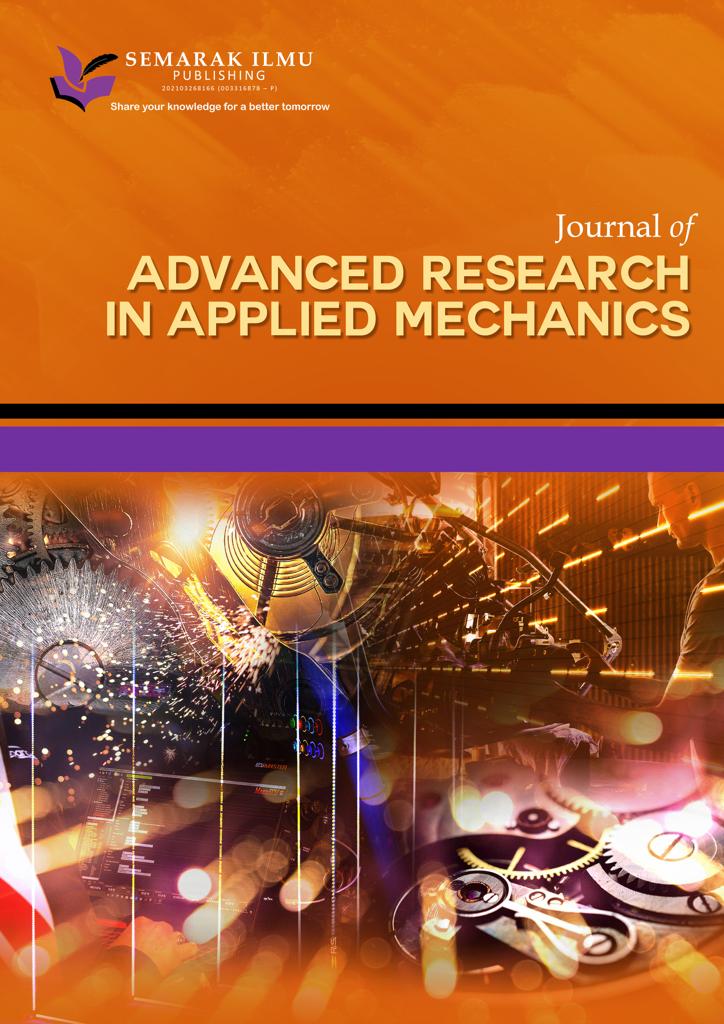Thermal Properties of Polycaprolactone (PCL) Reinforced Montmorillonite (MMT) and Hydroxyapatite (HA) as an Alternate of FDM Composite Filament
Keywords:
PCL, MMT, HA, Thermal, Additive Manufacturing, FDMAbstract
Most of medical parts today are still made by conventional method such as machining and injection moulding which is not economical because it involves in fabricating a mould. With Additive manufacturing (AM) technique all these problems can be overcome as there no needs of mould fabrication and more towards customize medical parts as long as the feeding material are suitable. In this study, thermal properties of polymer nanocomposites filament wire for Fused Deposition Modelling (FDM) was investigated. The Polycaprolactone (PCL) filled with montmorillonite (MMT) and Hydroxyapatite (HA) composites were prepared by melting and compounding using a single screw extruder. The montmorillonite was ranging from 2 to 4 wt% meanwhile hydroxyapatite was fixed at 10 wt%. The thermal properties were studied via differential scanning calorimetry (DSC) and thermogravimetric analyser (TGA). As for the result of Differential scanning calorimeter (DSC) it shows that the addition of MMT shows a minor increment in the melting temperature (Tm), heat of fusion (Hf) and degree of crystallinity (χc) of PCL/MMT composites compare to pure PCL polymer.On the other hand, the incorporation of HA shows no difference or changes in Tm of PCL/MMT/HA composites.As for the Thermogravimetric analysisin general, the initial decomposition temperature, T10%increased with the increasing of MMT content where the highest temperature recorded for P9M4 is 321.7°C. The same pattern of result is found for the peak decomposition temperature, Tpas the temperature also increased as the amount of MMT is increased. The remaining char residue weight, WT increased as the amount of filler content in the PCL is increased. It can be conclude that the aaddition of MMT and HA enhanced the thermal stability and the decomposition temperature of the PCL/MMT/HA
Downloads























